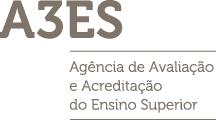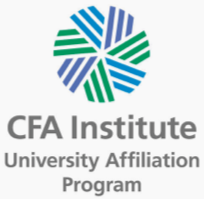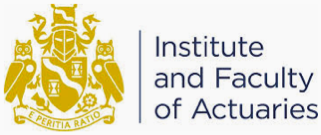
Your future is closer than you think. Take a glance at it by applying to ISEG’s Masters in Applied Econometrics and Forecasting, a postgraduate course aimed, above all, at those who intend to go beyond the boundaries of common knowledge.
The Masters in Applied Econometrics and Forecasting, created in 2002, is specifically designed for professionals who know the importance of always keeping up-to-date and recent graduates looking to acquire some technical expertise.
 | PSE Merit Award Prize and 6-month internship awarded by PSE to the best student of the UC “Spatial Econometrics” of the Master’s in Applied Econometrics and Forecasting. |
A master’s degree with unique features in Portugal. The only one where the core area is Econometrics.
ISEG pioneered the teaching of Econometrics more than 50 years ago, thus having a long tradition in teaching the subject.
The Masters in Applied Econometrics and Forecasting develops skills to integrate theoretical and empirical knowledge, critically and creatively, and familiarise students with various IT programs for quantitative analysis.
The Masters in Applied Econometrics and Forecasting faculty has carried out internationally recognised research with publications in the most highly ranked Econometrics and Statistics journals
The winner of the Bank of Portugal prize for Best Dissertation using Portuguese data (in 2017 and 2018) is a graduate of the Masters in Applied Econometrics and Forecasting.
Designed for specialised staff of financial institutions, companies, and other public and private organisations that use the analysis and processing of data as a support for decision-making.




| Year 1 – Semester 1 | Credits |
|---|---|
| Econometrics | 7 |
| Time Series | 7 |
| Statistical Inference Topics | 7 |
| Option I • Data Platforms for Analytics • Data and Database Management • Macroeconomics • Microeconomics • Financial Markets and Investments • Big Data | 6 |
| Ethics | 3 |
| Year 1 – Semester 2 | Credits |
|---|---|
| Macroeconometrics I | 8 |
| Microeconometrics I | 8 |
| Financial Time Series | 8 |
| Spatial Econometrics | 6 |
| Year 2 – Semester 1 | Credits |
|---|---|
| Macroeconometrics II | 6 |
| Microeconometrics II | 6 |
| Option II • Applied casual inference and program evaluation • Corporate Investment Appraisal • Programming Techniques • Models in Finance • Finance and Financial Reporting • History of Economic Thought | 6 |
| Masters Final Work – MFW • Dissertation • Project • Internship | 12 |
| Year 2 – Semester 2 | Credits |
|---|---|
| Masters Final Work – MFW • Dissertation • Project • Internship | 30 |
See the description of each Curricular Units here.
Applications for all masters at ISEG are online.
Candidates for the Master in Applied Econometrics and Forecasting must:
The ranking is based on the application grade, which will be calculated using the process described below. It only applies to students who meet the prerequisites.
All candidates should have an excellent command of the English language, written and spoken.
These are provisional tuition fees for 2025/26, subject to confirmation by the Universidade de Lisboa statutory bodies.
| Students from | First Year | Second Year | Total |
| Within the European Union | € 3,100 | € 2,000 | € 5,100 |
| Outside the European Union | € 4,100 | € 3,000 | € 7,100 |
Financial restrictions should never come in the way of your access to higher education, and that is why we believe in providing equal opportunities for everyone.
A specific tuition fee payment schedule may be agreed upon request by the student.
If you are not an EU, EEA, or Swiss citizen, you need a Student VISA.
Once you have decided to join the master’s programme and paid the 1st tuition fee to secure your place, you can issue the acceptance letter on the FENIX Portal. This document will be needed later to apply for a Student Visa. The student visa must be requested at the nearest Portuguese Embassy or Consular Office in the country of origin.













